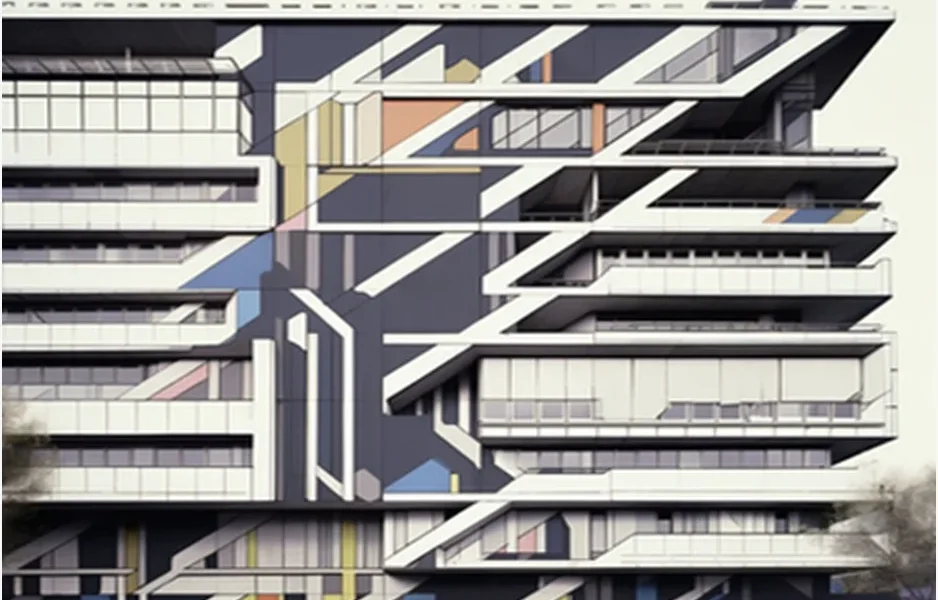Introduction:
African architecture is a testament to the continent’s rich cultural heritage, diverse landscapes, and centuries-old traditions. Often overshadowed by more widely recognized architectural styles, African architecture encompasses a myriad of indigenous building techniques, vernacular forms, and innovative design solutions. In this exploration, we uncover the truths about African architecture, dispelling myths and celebrating the unique characteristics that define architectural expressions across the continent.
I. Diversity of Context:
A. Regional Variations:
Africa’s vast expanse is marked by diverse climates, landscapes, and cultural traditions, resulting in a rich tapestry of architectural styles unique to each region.
B. Rural vs. Urban:
Contrasts between rural settlements and urban centers showcase the adaptive nature of African architecture, with vernacular dwellings coexisting alongside modern structures.
II. Cultural Significance:
A. Symbolism and Ritual:
African architecture is imbued with symbolism and ritualistic significance, reflecting beliefs, customs, and communal values passed down through generations.
B. Communal Living:
Traditional African architecture fosters communal living arrangements, with homes and villages designed to accommodate extended families and foster social cohesion.
III. Sustainable Practices:
A. Indigenous Materials:
From mud bricks to thatch roofs, African architecture prioritizes the use of locally sourced and renewable materials, harnessing the wisdom of traditional building techniques.
B. Climate-responsive Design:
Architectural solutions tailored to Africa’s diverse climates demonstrate a deep understanding of environmental dynamics, promoting natural ventilation, thermal comfort, and passive cooling strategies.
IV. Vernacular Wisdom:
A. Adaptation to Terrain:
Indigenous building methods embrace the contours of the land, with structures harmonizing with natural topography to minimize environmental impact and maximize stability.
B. Modular Construction:
Flexible and modular design principles allow for incremental expansion and adaptation, reflecting the dynamic nature of African communities.
V. Architectural Heritage:
A. Ancient Civilizations:
From the pyramids of Egypt to the Great Zimbabwe ruins, Africa’s architectural heritage spans millennia, showcasing the ingenuity and craftsmanship of ancient civilizations.
B. Colonial Legacy:
The architectural legacy of colonialism leaves a complex imprint on African cities, blending indigenous styles with European influences and shaping contemporary urban landscapes.
VI. Contemporary Expressions:
A. Architectural Innovation:
African architects are redefining the boundaries of design, blending traditional aesthetics with modern technologies to create innovative and contextually responsive architecture.
B. Cultural Revival:
There is a growing recognition and appreciation for indigenous architectural traditions, driving efforts to preserve, revive, and adapt vernacular building techniques for contemporary use.
VII. Challenges and Opportunities:
A. Urbanization and Globalization:
Rapid urbanization and globalization present both challenges and opportunities for African architecture, raising questions about cultural identity, sustainability, and equitable development.
B. Empowerment through Design:
Architecture has the power to empower communities, foster economic development, and address social inequalities, highlighting the transformative potential of design interventions.
Conclusion:
African architecture is a multifaceted tapestry of cultural heritage, environmental wisdom, and innovative design. From the ancient wonders of the past to the dynamic urban landscapes of the present, African architecture continues to evolve, adapt, and inspire. By embracing the truths about African architecture—its diversity of context, cultural significance, sustainable practices, vernacular wisdom, architectural heritage, contemporary expressions, and the challenges and opportunities it faces—we gain a deeper appreciation for the rich and vibrant tapestry of architectural creativity that defines the African continent.




